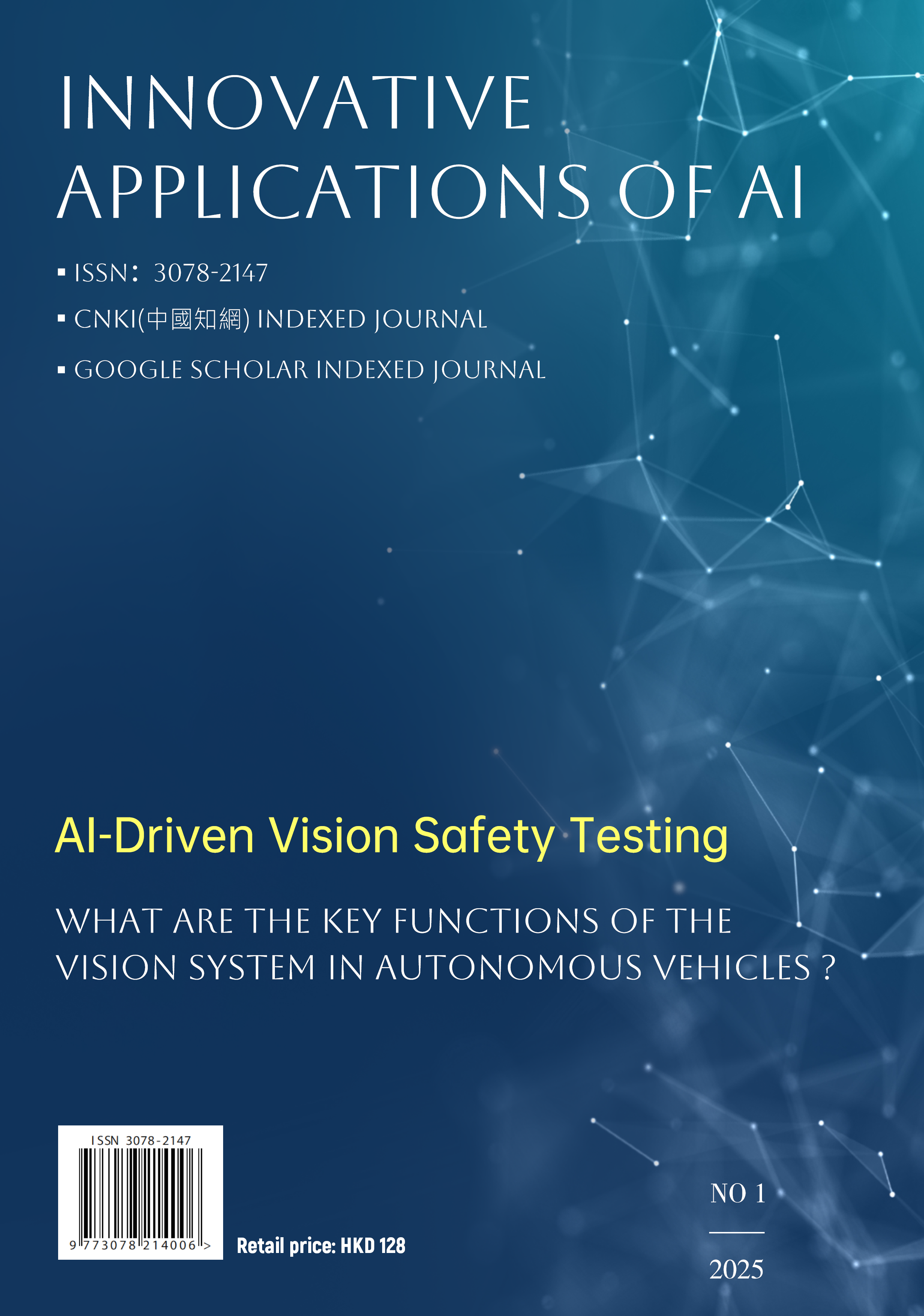A Review of Model Training and Development in Satellite Remote Sensing Imagery
DOI:
https://doi.org/10.70695/IAAI202501A6Keywords:
Artificial Intelligence, Remote Sensing Technology and Application, Remote Sensing; Remote Sensing Detection; Process Quality ControlAbstract
Satellite remote sensing imagery is a technology that captures images of the Earth's surface using sensors mounted on satellites in Earth's orbit. It plays a vital role in numerous fields, including geographic information systems, environmental monitoring and protection, urban planning and management, disaster response, and climate change research. The versatility and efficiency of satellite remote sensing imagery make it indispensable in modern technology, providing both macroscopic and microscopic insights into Earth observation. With advancements in remote sensing technology, its applications continue to expand. However, in practice, there are discrepancies between the quality of sample data derived from satellite remote sensing imagery and real-world conditions. These discrepancies may arise from cloud cover, sensor noise, low resolution, seasonal variations, or environmental changes. For example, cloud occlusion often leads to invalid pixel regions, while time-phase mismatches and poor raw image quality severely impact downstream processing. In water environment monitoring, limitations such as rapid temporal changes in water bodies further complicate data acquisition and analysis. To address these challenges, researchers have proposed robust solutions to enhance the quality and reliability of remote sensing image processing.
